
Among numerous types of dog species, great danes present a significant feature. This distinct feature can be seen, as Danes have many different kinds of color patterns on their body. Generally speaking, three gene series are responsible for assigning the patterns to which great danes will exhibit. These series are called M-series, H-series and S-series and they this article will examine these genes.
In order to understand these genetic traits, we must first understand genes and alleles. For those unfamiliar with the term “allele,” an allele is any one of a number of feasible DNA codings of the same gene. In the case of the great dane, M-series genes, have two alleles: namely, merle and not-merle. If two dominant merles run into one another in a locus, the dog’s color changes its state to purely white [except for some regions in head and tail]. Nevertheless, when one of the genes are recessive, the coat color is turned into shaded blue with irregular patches of black.
A Herlequin gene, [otherwise known as H-series] is an incomplete dominant and carry two alleles. If a dog has recessive genes in her locus, the dominant gene will have no effect on the great dane’s appearance. There may be some irregular black patches, but shaded blue areas become fully white.
S-series accounts for white spots on a great dane’s body. When two dominant S-series genes come together in a locus, white in the body is likely to diminish, about 5% or less, and there remains a little white at chest and feet. The fact that one of the genes is recessive results in the increase in the amount of white on the chest, face, feet and neck. The dog will have approximately 25% of it‘s hair appear white in color.
There are three more possibilities that occur when the alleles come together abnormally. For instance, SSI (Sporophytic Self-Incompatibility Systems) alleles commonly label a great dane as having “pet-marked-blacks.” This odd name is derived from the appearance of the coat’s white color — which appears as a black hue. Dogs carrying SSW alleles tend to resemble Irish marked dogs. Perhaps this is because their gene type is exactly the same as those of the Irish marked dog. Ironically, SISW alleles lead to a completely dominant white color in dog’s body. The result is typically that of a white great dane having the appearance of a Boston head.
Jen Carter is team member of Dynamite Great Danes.
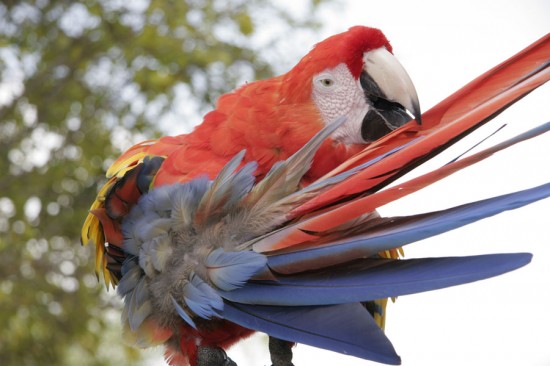 How To Prevent Feather Plucking In Your Pet Parrot
How To Prevent Fe
How To Prevent Feather Plucking In Your Pet Parrot
How To Prevent Fe
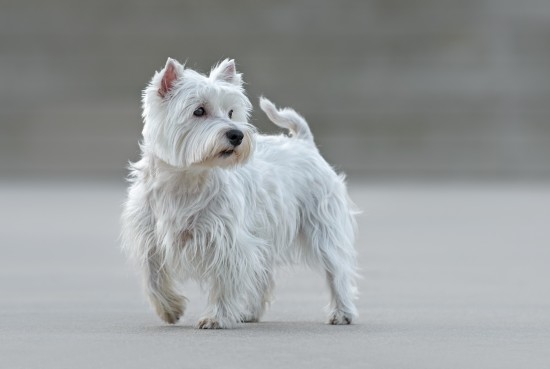 West Highland Terrier Skin Problems And General Health
West Highland Ter
West Highland Terrier Skin Problems And General Health
West Highland Ter
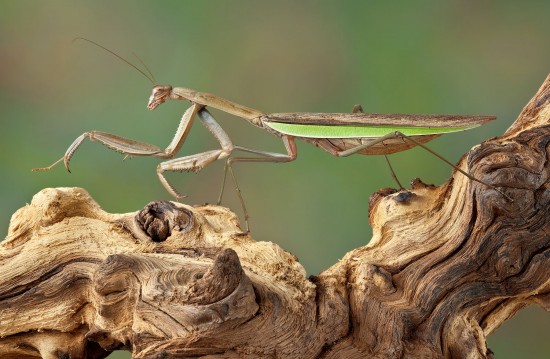 Is A Praying Mantis The Right Pet For You?
Is A Praying Mant
Is A Praying Mantis The Right Pet For You?
Is A Praying Mant
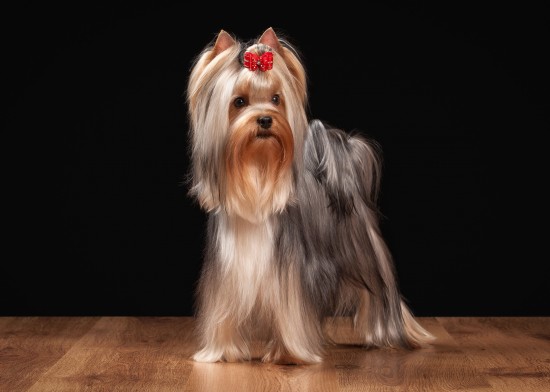 The Dos And Donts Of Grooming A Yorkshire Terrier
The Dos And Donts
The Dos And Donts Of Grooming A Yorkshire Terrier
The Dos And Donts
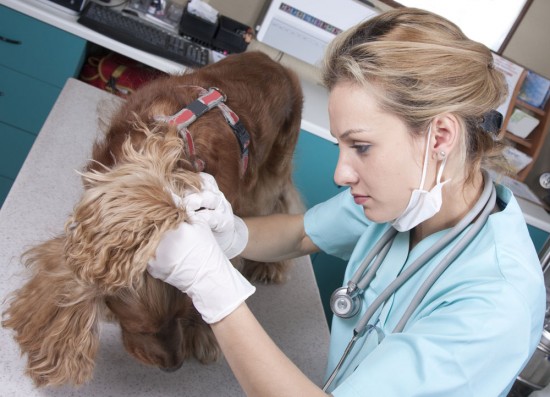 Lyme Disease In Dogs
Lyme Disease In D
Lyme Disease In Dogs
Lyme Disease In D
Copyright © 2005-2016 Pet Information All Rights Reserved
Contact us: www162date@outlook.com